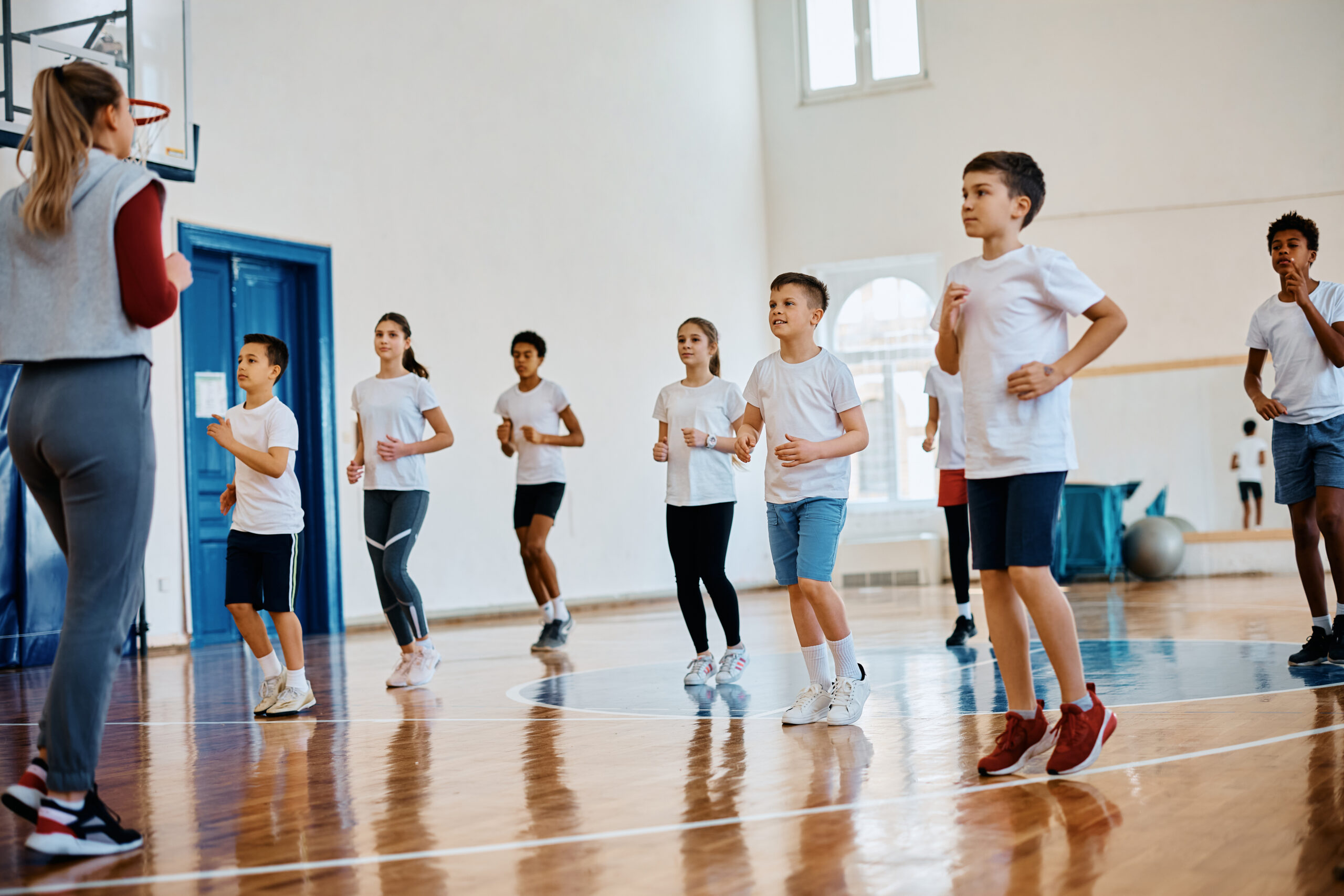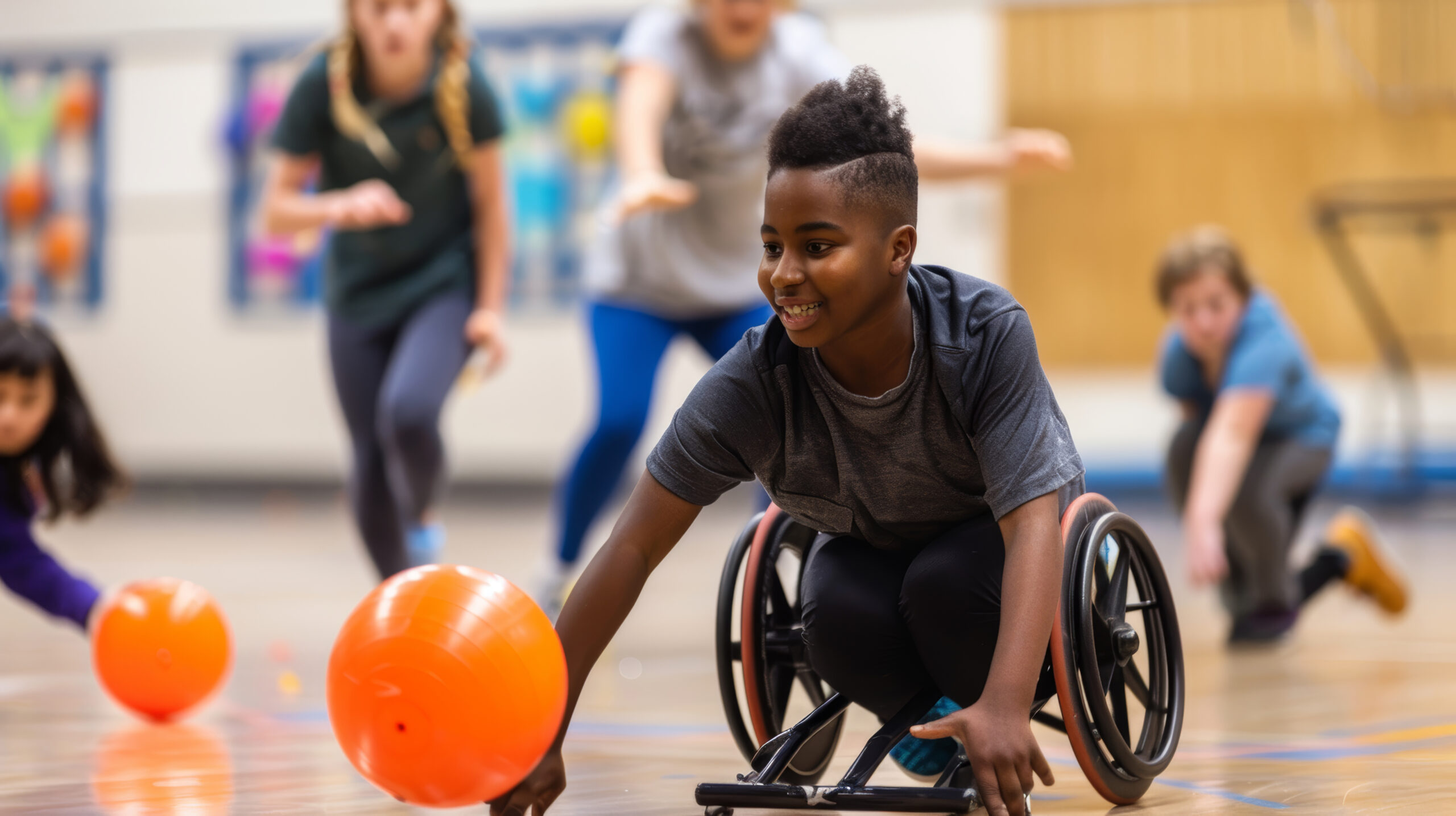Making The Most of Your PE and Sport Premium in 2025
Most UK Primary Schools are eligible for a ‘PE and Sport Premium’ allocation of £16,000 (+ £10 per pupil).

You can check your school’s PE and Sports Premium funding allocation here.
If you are the school PE Coordinator and do not know about this funding, we recommend speaking to your school Business Manager. They can help share how this funding is being invested in your school’s sporting opportunities.
What can PE and Sport Premium funding be used for? The funding should be used to build on your current provision, with a focus on sustainable improvements to the delivery of your physical education and sport.
Here are some strategies that could help you to develop a high quality, broad and balanced PE Curriculum for your school:
1. Develop Teacher Confidence and Skills in Delivering PE
- Invest in Staff Training. Provide continuous professional development (CPD) for teachers to improve their confidence and ability to deliver high-quality PE lessons.
Most PE training providers can deliver staff CPD online or in-person, and should make the training bespoke for your particular school requirements.
- Specialist Coaching. Hire specialist sports coaches to work alongside teachers, enhancing their skills and ensuring a lasting impact even after the funding ends.
As each half-term progresses, we recommend having a hand-over period where the teacher gradually takes over the lead role in the PE lessons with the sports coach observing and feeding back.
2. Build Long-term Infrastructure
- Upgrade Facilities. Use PE and Sport Premium to improve sports facilities (e.g., playground markings, multi-use games areas, or indoor equipment) to encourage active lifestyles.
- Invest in Equipment. Purchase durable, multi-purpose sports equipment that supports a range of physical activities and can be used by multiple year groups.
NB: This particular funding must not be used for capital expenditure. If in doubt about what is and isn’t regarded as ‘capital’, check with your school business manager.
3. Foster an Active School Culture
- Promote Daily Physical Activity. Integrate physical activity into the school day through initiatives like the Daily Mile or active playtimes.
- Engage Families and Communities. Encourage parents to participate in active lifestyles alongside their children with these PE at Home resources to promote a whole-community approach to health and fitness.

4. Broaden the Range of Activities Offered
- Introduce Diverse Sports. Offer activities beyond traditional team sports (e.g., yoga, dance, or fitness) to engage children who may not enjoy conventional PE.
- Inclusive PE. Ensure opportunities for all pupils, including those with disabilities or those who may struggle in mainstream sports, to participate and excel.

5. Focus on Long-term Health and Well-being
- Promote Mental Health. Include activities that link physical activity to mental well-being. Here are some well-being resources to start the journey of checking and supporting the mental health of your pupils.
- Educate on Lifestyle Choices. Teach children about healthy eating, hydration, and the importance of regular exercise as part of the curriculum.
We recommend using a small portion of your PE and Sports Premium funding to purchase a range fresh fruit for your pupils to try that they might not have tried before, such as kiwi-fruit, pomegranate and blueberries.
This blog offers an interesting insight into Physical Literacy (our relationship with movement and physical activity throughout life) and the roles that teachers and parents play in embedding a healthy lifestyle into our children.
6. Strengthen Links with Local Clubs and Initiatives
- Collaborate with Local Clubs. Create partnerships with local sports clubs. This will provide pathways for talented pupils and introduce children to community sports opportunities. Most local sports clubs would be delighted to promote their community provision within your school.
- Link to National Campaigns. Participate in national initiatives like School Games, Change4Life or sports festivals to boost engagement and raise the profile of physical activity. A rounders, netball or football game against a neighbouring school could be a great start.
7. Embed Sustainability
- Plan for Longevity. Focus on projects that will benefit the school beyond the funding period. Examples include upskilling staff or creating regular events and competitions that are easy to repeat.
- Pupil Leadership. Train pupils as ‘Sports Leaders’ to support activities, fostering leadership skills and creating a legacy of peer-led physical activity.
What Can You Not Use Your Sports Premium For?
As well as covering what your sports funding can be used for, it’s worth us highlighting ineligible uses, so you can avoid mistakes or misuse. According to current Department for Education’s guidance, schools must not use the PE and Sport Premium to fund:
- Staffing costs for core curriculum delivery. Schools should not use the funding to employ coaches or teachers to deliver regular PE lessons that are part of the national curriculum.
- Capital expenditure on large-scale facilities. Sports premium should not be spent on capital projects such as building sports halls or resurfacing playgrounds unless they are low-cost and directly improve school PE provision.
- Staff PE kit. Your PE funding cannot be used to purchase staff PE kits.
- Fundamental school running costs. This includes utilities, general school maintenance, or anything that is considered part of a school’s basic operational budget.
- Services that will be delivered in following years. Avoid spending your PE & Sport Premium on anything that will not be delivered in the same year – for example, advanced payments on invoices and subscriptions.
- Advancing pupils through qualifications. Avoid spending your PE & Sport Premium on novelty events or external providers that offer no follow-up, skill development or sustainable benefit to the pupils.
These strategies align with the Department for Education’s guidance on ensuring the funding leads to measurable and sustained improvements. Prioritising teacher development, inclusivity, and a long-term active curriculum will ensure the PE and Sport Premium has a lasting impact.
All schools that qualify for the PE & Sports Premium are required to publish their PE spending and impact. This could be used as a tool to regularly assess participation rates and the development of your PE Curriculum. You can also showcase the success of your initiatives here. Here are examples and templates for creating this report.
And, as always, you are welcome to contact us for support and advice with all things PE!




